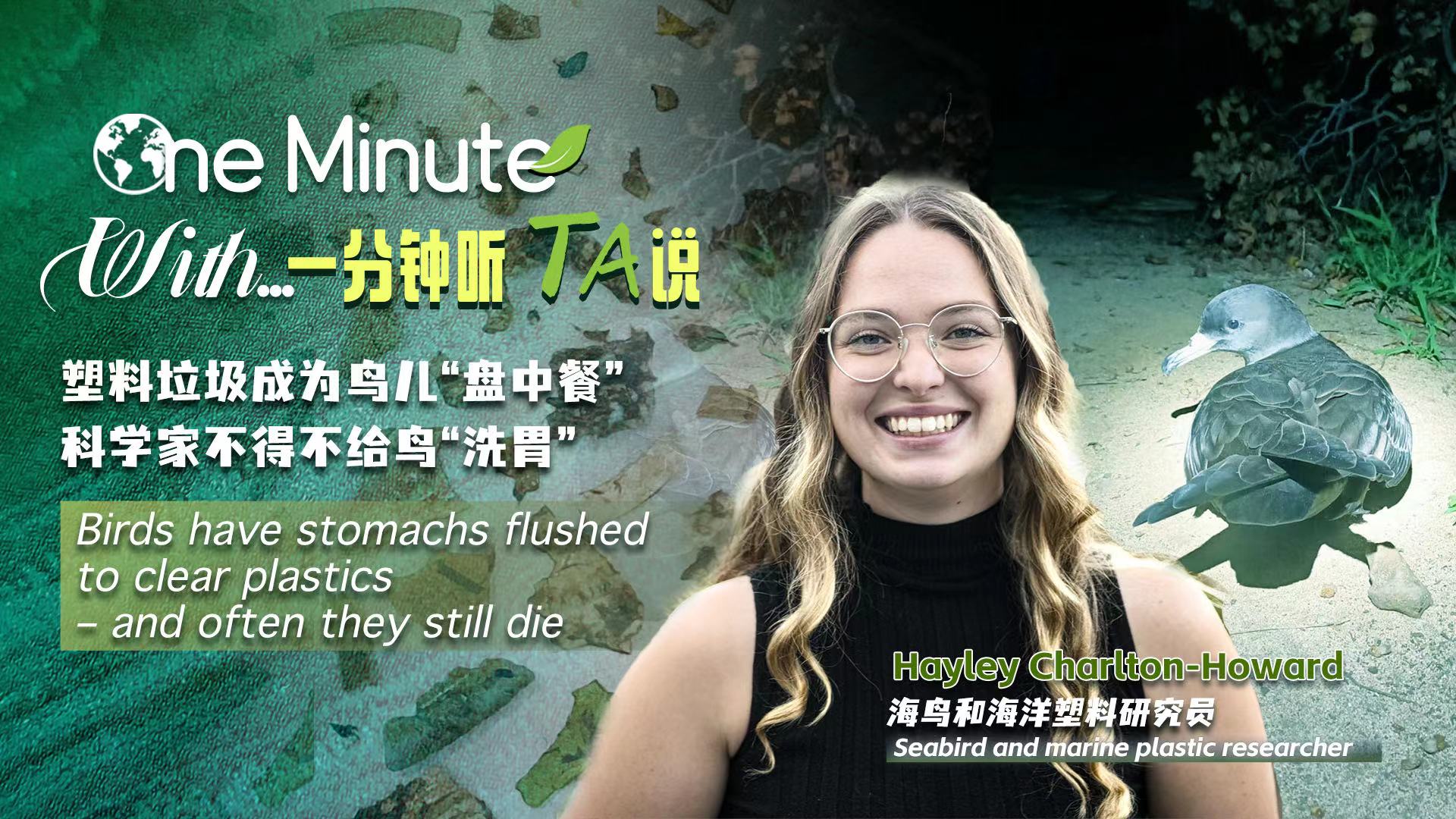00:57

Birds are dying after mistakenly eating too much plastic garbage. Their stomach are full, and yet they are starving. If you pick them up, you can hear plastic pieces rattling in their stomach.
The nightmarish scene is what seabirds living on Lord Howe Island located between Australia and New Zealand face every day.

Plastic pieces removed from a dead sea bird's stomach. /Photo by Silke Stuckenbrock.
Plastic pieces removed from a dead sea bird's stomach. /Photo by Silke Stuckenbrock.
Every year, millions of tonnes of plastic litter enter the ocean. Some float in the ocean, creating a giant trash vortex like the Great Pacific Garbage Patch. Some are carried by the current onshore, consumed by hungry animals who are attracted by the smell.
Scientists are using medical methods, including stomach flushing, to help birds remove the plastic items, but they admit that it's only a temporary solution to alleviate the pain. Watch this episode to learn more.
About CGTN Nature's One Minute With series
CGTN Nature talks to experts from across the world about life-changing environmental issues, such as climate change, plastic pollution and biodiversity loss and hears about possible solutions. In One Minute With, we condense the interview highlights into short videos to get to the heart of the argument fast. For in-depth discussions on each topic, stay tuned for our Environment Buzzword series!
For more
World Environment Day: Scars of plastic
Birds getting sick after eating plastics so common it's now a disease
(Cover image designed by CGTN's Du Chenxin; Video edited by CGTN's Yang Yiren)
(If you have specific expertise and want to contribute, or if you have a topic of interest that you'd like to share with us, please email us at nature@cgtn.com.)